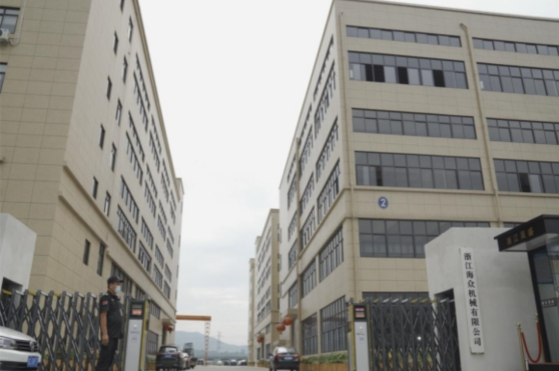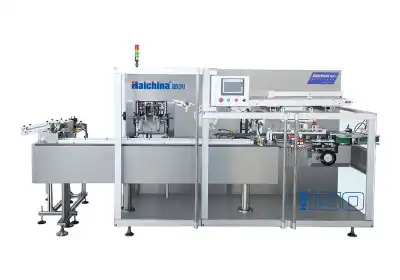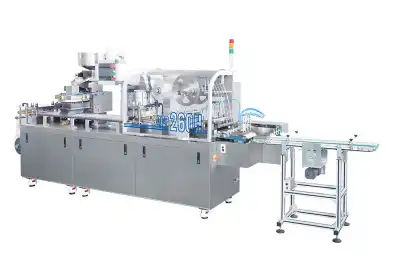The Science Behind Medication Packaging
Understanding Shelf Life and Stability
Medication shelf life is a complex concept that goes beyond a simple expiration date. It encompasses the period during which a drug remains stable and retains its original properties under specific storage conditions. Stability is influenced by various factors, including chemical reactions, physical changes, and microbial growth. Pharmaceutical companies invest significant resources in stability testing to determine the optimal packaging for each medication.
Environmental Factors Affecting Medication
Several environmental factors can impact medication stability:
- Moisture: Can lead to hydrolysis of active ingredients
- Oxygen: May cause oxidation of compounds
- Light: Can trigger photodegradation of certain drugs
- Temperature: Affects reaction rates and microbial growth
- Mechanical stress: May cause physical changes in dosage forms
Effective packaging must address these challenges to maintain medication efficacy and safety.
The Role of Packaging in Preserving Medication Integrity
Packaging serves as the first line of defense against environmental threats to medication stability. It not only protects the drug but also ensures its quality throughout the supply chain. Advanced packaging solutions, including those produced by blister packaging machines for pharmacy use, are designed to create an optimal microenvironment for the medication. This involves selecting appropriate materials, barrier properties, and design features that cater to the specific needs of each drug formulation.
Blister Packs: A Closer Look at Modern Medication Packaging
Anatomy of a Blister Pack
Blister packs consist of two main components:
- The cavity or pocket: Usually made of plastic or aluminum, formed to hold the medication
- The lidding: A flat sheet, often aluminum foil, that seals the cavity This structure is created using sophisticated blister packaging machines for pharmacy production lines.
The design allows for customization based on the medication's requirements, offering flexibility in terms of size, shape, and barrier properties.
Types of Blister Packs and Their Applications
There are several types of blister packs, each suited for different pharmaceutical needs:
- Thermoformed blisters: Made by heating and molding plastic sheets
- Cold-formed blisters: Use aluminum foil for enhanced barrier properties
- Tropical blisters: Designed for high-humidity environments
- Child-resistant blisters: Feature additional safety mechanisms
The choice depends on factors like drug sensitivity, target market, and regulatory requirements. Modern blister cartoning machines can efficiently package these various blister types into cartons for distribution.
Advantages of Blister Packaging for Medication Storage
Blister packs offer numerous benefits for medication storage:
- Individual dose protection: Reduces exposure to environmental factors
- Moisture barrier: Particularly effective with aluminum-based blisters
- Tamper-evidence: Provides visual indication of package integrity
- Patient compliance: Helps track dosage schedule
- Product differentiation: Allows for unique branding and design elements
These advantages contribute to the growing popularity of blister packaging in the pharmaceutical industry, driving innovation in blister packaging machines for pharmacy applications.
Bottle Storage: Traditional Approach to Medication Packaging
Types of Pharmaceutical Bottles
Pharmaceutical bottles come in various forms:
- Plastic bottles: Commonly used for tablets and capsules
- Glass bottles: Preferred for liquid medications and some sensitive drugs
- Amber bottles: Provide protection against light-sensitive compounds
- Child-resistant bottles: Feature special caps to prevent accidental ingestion
Each type serves specific purposes in medication storage and distribution.
Pros and Cons of Bottle Storage for Medications
Bottle storage has its advantages and disadvantages: Pros:
- Cost-effective for bulk medications
- Easy to dispense and reclose
- Suitable for large quantity prescriptions
- Cons: Repeated opening exposes all pills to environmental factors
- Potential for moisture ingress over time
- Less precise in tracking individual doses
Understanding these factors helps in choosing between bottles and blister packs for different medications.
Innovations in Bottle Packaging Technology
Despite the rise of blister packaging, bottle storage continues to evolve:
- Desiccant-integrated caps: Help control moisture levels
- Smart bottles: Feature electronic monitoring for improved adherence
- Eco-friendly materials: Address sustainability concerns in packaging
These innovations aim to enhance the performance of bottle storage in preserving medication shelf life.
Comparative Analysis: Blister Packs vs Bottle Storage
Shelf Life Extension Capabilities
When comparing shelf life extension:
- Blister packs generally offer superior protection against moisture and oxygen
- Bottles may be preferable for medications requiring frequent access
- The choice often depends on the specific stability profile of the drug
Manufacturers must consider these factors when selecting packaging methods and equipment, including blister packaging machines for pharmacy production.
Cost Considerations in Packaging Choice
Cost factors include:
- Initial investment: Blister packaging machines for pharmacy use may have higher upfront costs
- Per-unit packaging cost: Can vary based on materials and production volume
- Long-term savings: Extended shelf life may offset higher packaging costs
A comprehensive cost-benefit analysis is crucial for making informed packaging decisions.
Environmental Impact and Sustainability
Environmental considerations are increasingly important:
- Blister packs: Challenges in recycling due to mixed materials
- Bottles: Often made of recyclable plastics, but larger volume of material
- Innovations: Both industries are exploring more sustainable options
Balancing medication protection with environmental responsibility remains an ongoing challenge in pharmaceutical packaging.
Regulatory Landscape and Packaging Requirements
FDA Guidelines on Pharmaceutical Packaging
The FDA provides comprehensive guidelines on pharmaceutical packaging:
- Stability testing requirements
- Packaging material specifications
- Labeling and tamper-evident features
Compliance with these regulations is essential for both blister pack and bottle packaging methods.
International Standards and Best Practices
Global pharmaceutical packaging must adhere to various standards:
- ICH guidelines on stability testing
- ISO standards for packaging materials
- EU directives on pharmaceutical packaging
These standards influence the design and operation of packaging equipment, including blister cartoning machines and bottle filling lines.
Future Trends in Pharmaceutical Packaging Regulations
Emerging trends in packaging regulations include:
- Increased focus on sustainability and recyclability
- Enhanced traceability requirements
- Harmonization of global packaging standards
Staying ahead of these trends is crucial for pharmaceutical companies and packaging equipment manufacturers alike.
Conclusion
The choice between blister packs and bottle storage for medication shelf life is not always straightforward. While blister packs generally offer superior protection against environmental factors and can extend shelf life for many medications, bottles remain a viable option for certain drugs and situations. The decision should be based on a comprehensive analysis of the specific medication's properties, intended use, cost considerations, and regulatory requirements. As packaging technology continues to evolve, including advancements in blister packaging machines for pharmacy applications, the industry is moving towards more tailored solutions that optimize both shelf life and sustainability.
Contact Us
For more information on innovative packaging solutions for pharmaceuticals, including our advanced blister packaging machines for pharmacy and blister cartoning machines, please contact us at [email protected]. Let us help you find the perfect packaging solution for your medication needs.




